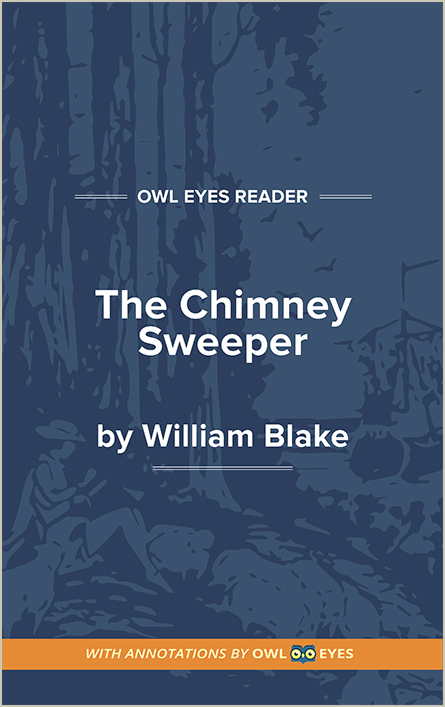Analysis Pages
Tone in The Chimney Sweeper
Use of 1st and 2nd Person: William Blake uses the 1st-person narration to give the poem a personal tone. The readers can readily identify with the speaker. Blake also uses a 2nd-person addressee at the end of the first stanza. This addressee stands in for English society as a whole. Blake uses this voice to lend the poem an accusatory tone, forcing his audience to examine their role in the abuses faced by child laborers.
Tone Examples in The Chimney Sweeper:
The Chimney Sweeper
🔒"Could scarcely cry “'weep! 'weep! 'weep! 'weep!' So your chimneys I sweep, and in soot I sleep...." See in text (The Chimney Sweeper)

